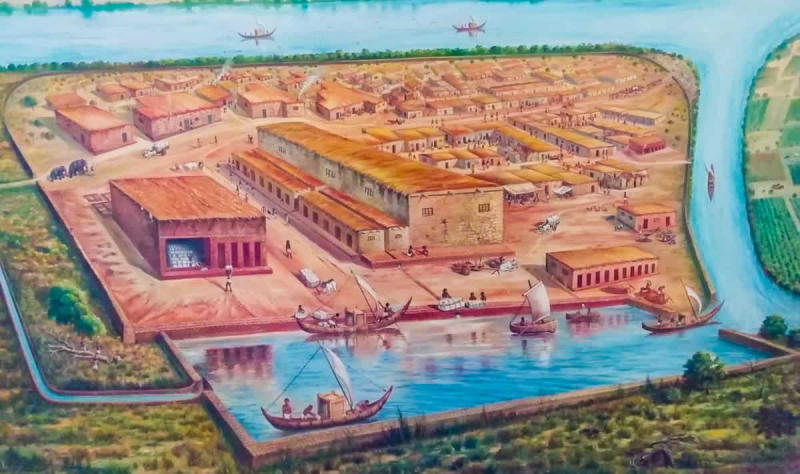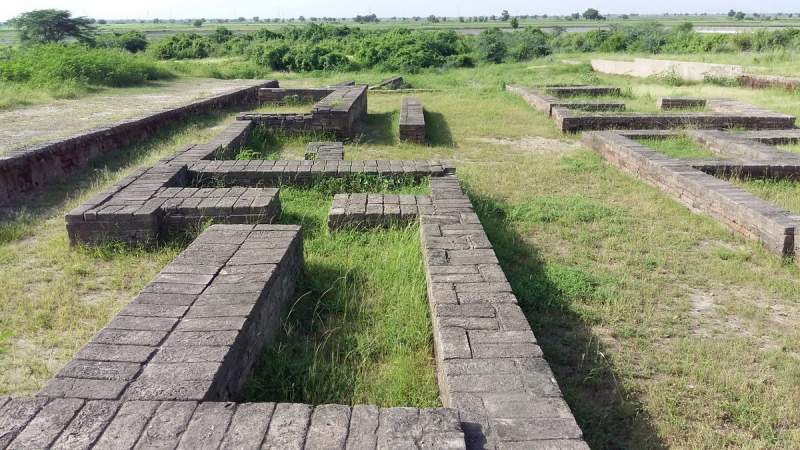Use of Lothal City As a Port For Business and Communication
Lothal was the Indus Valley Civilization's most famous southernmost city, serving as a commercial and communication port. It was located in Gujarat's Bhal area and connected to several Indian towns via all-weather highways. It was a wonderful platform for eastern bricks, as well as being an ideal site for transportation.
Along with brick trading, the Lothal city is also thought to be an ideal location for a dock. Lothal possessed the world's oldest known port, which linked the city to an ancient trading route along the Sabarmati river. This trading route ran between Sindh's Harappan settlements and Saurashtra's peninsula, where the modern-day Kutch desert was part of the Arabian Sea. For seagoing ships, it was the best tidal dock. In addition, the city served as a commercial intermediary for a number of ancient civilizations.
In ancient times, Lothal was a prosperous commercial town, with its commerce of beads, diamonds, and expensive decorations stretching far into West Asia and Africa. For over 4000 years, the techniques and tools they developed for bead-making and metallurgy have endured the test of time.
The Lothal site was proposed as a UNESCO World Heritage Site in April 2014, and the proposal is still pending on UNESCO's tentative list.












